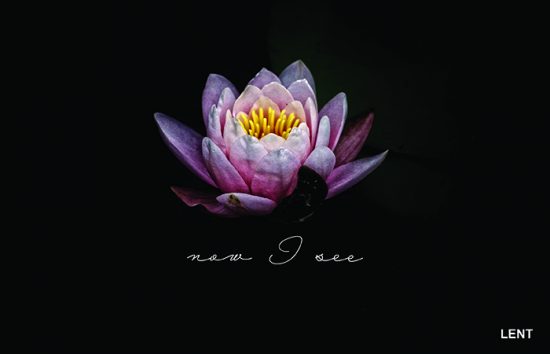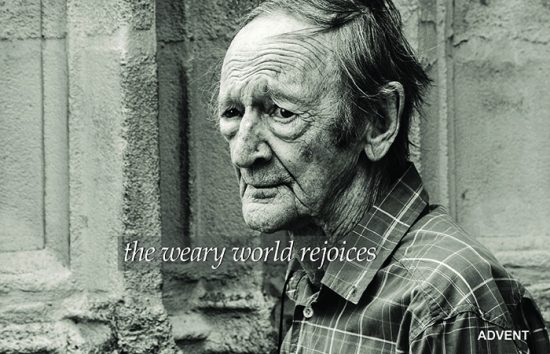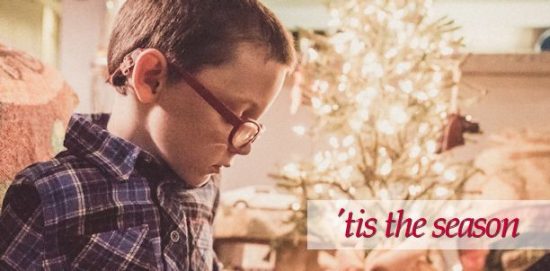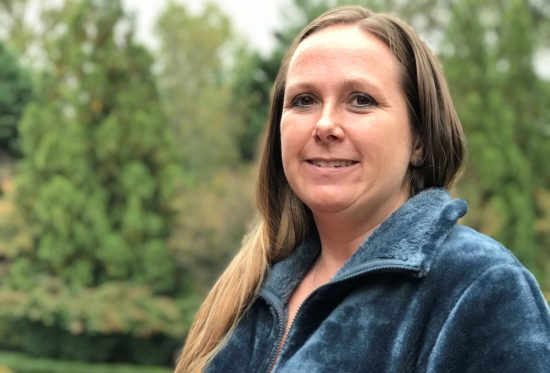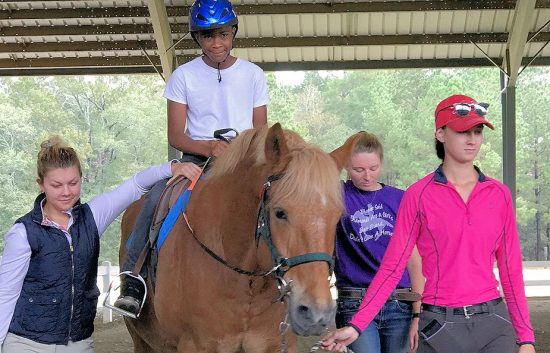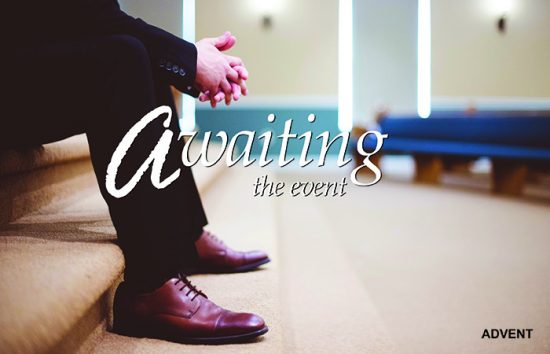As he went along, he saw a man blind from birth. His disciples asked him, “Rabbi, who sinned, this man or his parents that he was born blind?” “Neither this man nor his parents sinned,” said Jesus, “but this happened so that the works of God might be displayed in him.” John 9:1-3
There is much noise and clutter in this Gospel lesson for the fourth week of Lent and it can make it difficult to hear the Good News.
We hear authentic questions of theodicy – how to account for evil in a world God pronounced good at creation. Keep reading the passage and you’ll find conflict about healing on the Sabbath and the refusal of bystanders to identify the one healed (“It could be … or it looks like him”).
Contributing to the distractions is the process of the healing itself. Jesus heals the man, yes, but he performs the healing in three stages. First he spits into the ground and forms a poultice. Next he applies the poultice to the man’s eyes. Then he instructs the man to wash it off in the Pool of Siloam.
We know Jesus raised the dead with a simple verbal command (Lazarus) and by the touch of his hand (the son of the widow of Nain). Why then this elongated and elaborate process?
In the midst of raised voices and pointed questions, there comes utterance that has rung across the ages with clarity and hope. When it is (finally!) his turn to talk, the man healed of his blindness declares with straightforward power, “One thing I know: I was blind and now I see.”
Today we too find ourselves in a time of loud noise and clashing voices. We find ourselves wanting the threat from Covid19 to be over quickly, even immediately. We don’t want to endure process or go through stages of isolation, diagnoses, and quarantine. We want to see the end of this so desperately. Returning to the passage in John, we are not told the age of the man who regained his sight. Had he waited 18 years? 30 years? Longer?
I cling to the man’s declaration. God is indeed with us, though we may now be blind to where and how God is at work. I claim his hope as mine, that one day where I have lacked sight I will be able to see.
Bruce Stanley

